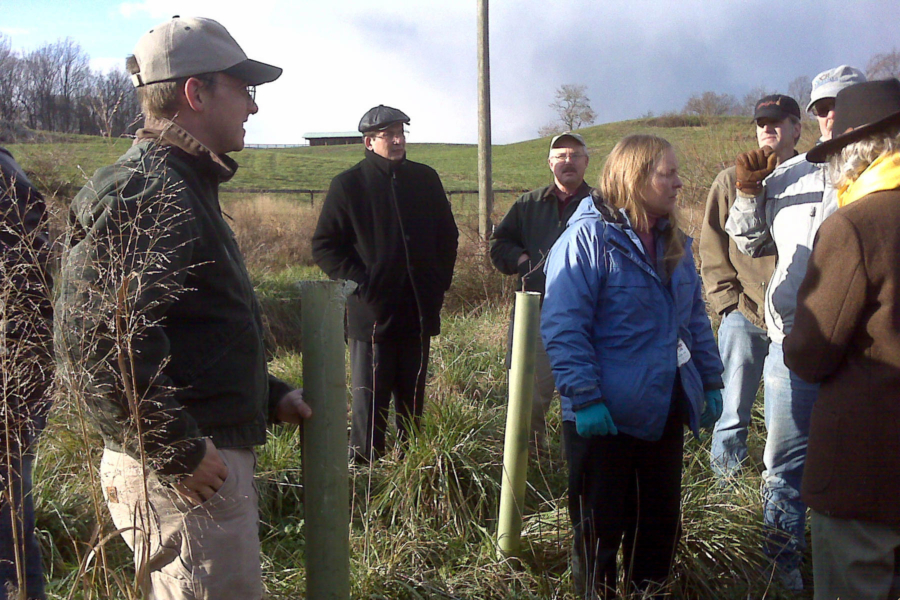Forest buffers featured at latest Forestry Workgroup meeting
In early October the search was on for a site in the Bay watershed for the November 18 Bay Program Forestry Workgroup meeting.

In early October the search was on for a site in the Bay watershed for the November 18 Bay Program Forestry Workgroup meeting.

Comments
The Chesapeake Bay Forestry Workgroup offers these recommendations to the US Department of Agriculture to strengthen the Conservation Reserve Enhancement Programs (CREPs) –specifically for Riparian Forest Buffers which will be critical to reaching their mandated water quality goals.
Thank you!
Your comment has been received. Before it can be published, the comment will be reviewed by our team to ensure it adheres with our rules of engagement.
Back to recent stories